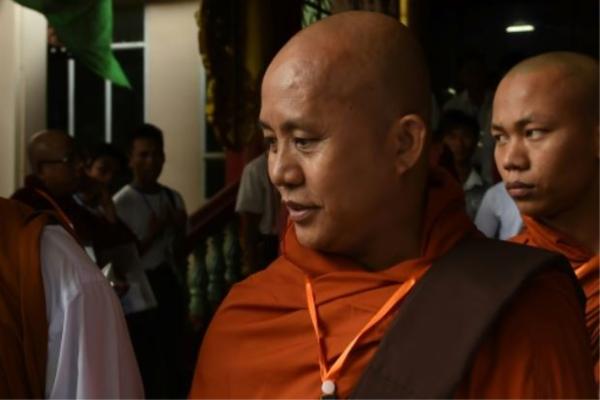
Wirathu, the ‘Buddhist Bin Laden’ of Myanmar.
Sharing this because I’ve heard it said that all of the world’s religions have some history of violence — except Buddhism.
Well, leave it to people.
Religion is a vehicle, like a car is a vehicle. The vehicle of religion is intended to help people arrive at a certain destination. But, like a car, the vehicle of religion can be misused.
Meet Wirathu, Myanmar’s ‘Buddhist Bin Laden,’ as he is called.
Barbet Schroeder spent months with Ugandan dictator Idi Amin at the height of his power, when corpses would wash up every morning on the shores of Lake Victoria and Kampala was rife with rumours that he was eating his opponents.
But in his decades of documenting evil, the veteran Swiss filmmaker says he has never been as scared by anyone as he was by a Myanmar Buddhist monk named Wirathu.
“I am afraid to call him Wirathu because even his name scares me,” the highly acclaimed director told AFP. “I just call him W.”
“The Venerable W”, his chilling portrait of the monk who has been accused of preaching hate and inciting attacks on Myanmar’s Muslim Rohingya minority, has been hailed by critics at the Cannes film festival as a “stirring documentary about ethnic cleansing in action”.
What dismays Schroeder is that Wirathu, whom Time magazine dubbed “The face of Buddhist terror” in a 2013 cover, is utterly unfazed by the chaos and suffering he has unleashed.
